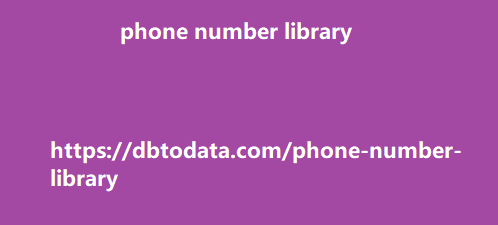Because of the sheer amount of product pages that a dropshipping website could have, they are often left to have just the default information/content in them. It is a tedious job but these are opportunities you wouldn’t want to miss. that you sell on your dropshipping e-commerce website. Export them on an Excel sheet and find the right keyword for each of them. You don’t have to assign a lot of keywords for each product that you have. A ratio of 1:1 is enough. Once you’ve decided on the keywords you want to target, place them on the title tags, meta descriptions, and headings of your pages.
Make Technical SEO a Priority One of the
most common mistakes of dropshipping e-commerce websites is they tend to forget about technical SEO until errors start piling up and their website gets all tangled up. Technical SEO deals with the crawlability and indexability of a website. If Google is having a hard time crawling and indexing your website, it’s a huge difference between your website ranking really well or some of your pages not appearing at all in the search results. The first thing that you need to check is the content of your website’s XML sitemap file. It should include all important URLs on your website and that includes all of your product and product category pages.
This might be something that is obvious
already but usually when you install an XML sitemap plugin, it only includes posts and pages by default so you would have to manually add other post types like products in the settings of the tool. You would also want to make sure that no important pages on your dropshipping website have ‘noindex’ tag on their source code or Google won’t show it at all in the search results. Also, be careful in using the ‘canonical’ tag and avoid canonicalizing a page to a different page with different content. Optimize your Site Structure Site structure is important for your dropshipping website’s on-page SEO. Similar to technical SEO, if you do not fix your website site structure, it’s going to feel like a hundred yarns tangled together.
For a dropshipping/e-commerce
website, the number of webpages can pile up pretty quickly. You’re adding new products from time to time and you’re also publishing articles for SEO. When optimizing your dropshipping website’s structure, you need to make sure that everything is linked from one page to another and you are clearly identifying the hierarchy of each section of your website. I always say that a good measure for site structure is your important pages can be accessed by users in 1-3 clicks from the homepage. A good practice is to link all your major product category pages on the navbar of your website. From there, you can then start linking any sub-category pages or the products themselves right away.
As long as it doesn’t take too long for a
ustomer to get to the product that australia phone number library they want, you’re good to go. Manage your Crawl Budget You’re dropshipping website may start small with a few products on display but as it grows, the number of webpages on your website will grow as well which also means that Google would have to crawl more pages on your website. It is only natural for e-commerce websites to have a lot of pages but before it gets out of hand, you would need to manage your crawl budget. A website’s crawl budget is the number of webpages Google can crawl on your website. It is affected by different factors such as the total number of pages on your website and how much your server can take.
We don’t need to go too much into the technicalities
but all you have to remember is you should focus your crawl budget on the important pages of your website. Use a robots.txt file to block unimportant pages from being crawled by Google. Some of the first things you may want to be excluded from crawling are tag pages and archive pages. Be careful not to block any important pages from being crawled. If you want to test your robots.txt file before implementing it on your website, you can use Google’s robots.txt checker to test it out. If you want to know how many pages Google actually crawls on your website, you can access this data through your Google Search Console account.
Go to Settings and click on the Crawl
Stats report. Here, you’ll see how many improving code quality with aI suffragium requests Google is making on your website every day. Use a Content Delivery Network One of the pain points of e-commerce websites is loading speeds. Because there are so many resources being loaded such as product images, it could weigh down your website’s overall loading speeds and give users a poor experience. Buyers have a short attention span and if it’s taking them a long time to jump from one page to another while they’re shopping on your website, you’re going to lose a lot of sales. A Content Delivery Network or CDN may help. CDNs help reduce the loading speeds by processing the request in the nearest server to the user.
For example, if a user is in Australia, a CDN
will use a cached version of your website thailand data on a server in Australia if available. It reduces the physical distance data has to travel to get to the user, therefore, reducing delays. This works best if you service multiple geographical locations and international customers. Acquiring a CDN may have extra costs, but I would say it’s worth the investment. If you’re trying to rank for keywords related to real estate, then you should know how competitive the industry is online. You’re not just going up against other real estate developers, but you’re also going up against listing out, today I will be teaching you how to utilize local SEO for real estate websites.

